Central bankers can be said to be hawkish if they talk about tightening monetary policy by increasing interest rates or reducing the central bank’s balance sheet. A monetary policy stance is said to be hawkish if it forecasts future interest rate increases. Central bankers can also be said to be hawkish when they are positive about the economic growth outlook and expect inflation to increase.
It is the Fed’s responsibility to balance economic growth and inflation, and it does this by manipulating interest rates. At eight annual meetings, a group from the Fed examines economic indicators such as the Consumer Price Index (CPI) and the Producer Price Index (PPI) and determines if interest rates should go up or down, or stay the same. Those who support high rates are hawks, while those who favor low rates are labeled doves. Hawkish policymakers, therefore, see that proactive defense preemptive strike policies and over-reactive defense policies and noninterventionism. The fundamental dilemma between these two aspects is what defines the majority of dovish and hawkish argument.
Understanding Inflation Hawks
If economists had to summarize Fed Chair Jerome Powell’s Jackson Hole speech in one word, they’d likely go with hawkish. SmartAsset Advisors, LLC (“SmartAsset”), a wholly owned subsidiary of Financial Insight Technology, is registered with the U.S. Hawkish policies tend to negatively impact borrowers and domestic manufacturers.
Our focus should instead to build on welfare states, states which promote welfare. It is important to note that hawkish states and policymakers are in no way against welfare policies, in fact, some hawk8sh state does https://www.currency-trading.org/ indeed have successful welfare policies. During the financial crisis, the Federal Reserve became increasingly dovish in its effort to keep the economy from sinking further into its depression-like recession.
Likewise, if a central bank is currently cutting rates and economic data hasbeen negative, the market would have priced-in the current dovish monetary stance. Traders would have to watch the central bankers forward guidance and economic data, which you can find on an economic calendar, for clues to whether they may become more dovish https://www.forex-world.net/ than currently, or hawkish. Generally, words used that indicate increasing inflation, higher interest rates and strong economic growth lean towards a more hawkish monetary policy outcome. Central bank policy makers determine whether to increase or decrease interest rates, which have significant impact on the forex market.
“While higher interest rates, slower growth, and softer labor market conditions will bring down inflation, they will also bring some pain to households and businesses,” Powell said. “These are the unfortunate costs of reducing inflation. But a failure to restore price stability would mean far greater pain,” he added. As a result, consumers become less likely to make large purchases or take out credit. The lack of spending equates to lower demand, which helps to keep prices stable and prevent inflation. Esther George, the Kansas City, Mo., Federal Reserve (Fed) president, is considered a hawk. George favors raising interest rates and fears the potential price bubbles that accompany inflation.
Who is considered an inflation hawk?
Hawks generally seek to raise interest rates, which curbs inflation, while doves want rates to go down, which spurs consumers to buy goods and services and businesses to invest in hiring and production facilities. You have probably heard a financial news presenter say something along the lines of “The central bank governor came out slightly hawkish today after bouts of strong economic data”. The terms Hawkish and Dovish refer to whether central banks are more likely to tighten (hawkish) or accommodate (dovish) their monetary policy. Hawkish policies and policymakers tend to be mostly concerned about the risk of inflation. They try to keep a lid on rising prices and wages by increasing interest rates, reducing the supply of money and limiting the growth of the economy.
- DailyFX Limited is not responsible for any trading decisions taken by persons not intended to view this material.
- It is the Fed’s responsibility to balance economic growth and inflation, and it does this by manipulating interest rates.
- For example, if you are a business owner, imagine the nightmare that comes with having to plan a budget or long-term business strategy.
- This shift in tone is like scenario 1 above, where the central banks shifts tone from hawkish to slightly dovish.
- Robert Kaplan, head of the Dallas Fed, is generally considered one of the more hawkish members.
Leading to a depreciation of the currency- see the charts below that show what happened to the Dollar Index (DXY) on the October 2, 2018 and then on the November 28, 2018. Currencies tend to move the most when central bankers shift tones from dovish to hawkish or vice versa. When central bankers are talking about reducing interest rates or increasing quantitative easing to stimulate the economy they are said to be dovish. As a group, government monetary policymakers tend to turn hawkish and dovish in response to economic cycles. For instance, when the economy appears to be headed into a recession, monetary policies are likely to encourage lower interest rates, a looser money supply and more consumption and hiring – in other words, a dovish response. If, on the other hand, the economy has been expanding for a while and inflation is starting to increase, a hawkish tendency is likely to become more noticeable.
This incentivizes people to hoard money and put off large purchases until much later, when ostensibly they will be even less expensive in terms of the dollar’s greater purchasing power. Whether being hawkish is a good or appropriate stance will depend on the strength of the economy and other macroeconomic factors. This is because hawkish policies that can lower inflation can also lead to economic contraction and higher unemployment, and can sometimes backfire and lead to deflation.
Advantages and Disadvantages of Hawkish Policies
Forward guidance from central banks include positive statements about the economy, economic growth, and inflation outlook. Slowly but surely, the hawks have come out, calling for tighter monetary policy with rate hikes to tap the brakes on the economy so that inflation suddenly doesn’t take off. Indeed, back in December 2015, the Fed hiked rates for the first time since the financial crisis. Government monetary policy https://www.forexbox.info/ was strongly dovish in the wake of the 2008 financial crisis, as policymakers kept interest rates close to zero for several years. About 2015 policymakers turned somewhat more hawkish and began raising rates, partly in order to have room to lower them in the event of another economic downturn. The economic impact of the COVID pandemic has recently encouraged a return to a dovish approach to monetary policy.
If a central bank is currently in a rate hiking cycle, the market will have already forecasted future interest rate hikes. It is the job of the trader to watch for clues and economic data that could shift the tone of the central bank to either more hawkish than currently, or to dovish. Currencies could move a large amount when the monetary tones shift from what they are currently.
Hawkish vs Dovish Explained
The two terms are often used to describe board members of the Federal Reserve System, especially the 12 people who make up the Federal Open Market Committee (FOMC). One of the more dovish members of the Fed is Neel Kashkari, president of the Minneapolis regional Federal Reserve branch. Robert Kaplan, head of the Dallas Fed, is generally considered one of the more hawkish members. Forward guidance from central banks include negative statements about the economy, economic growth, and signs of deflation.
Meanwhile, companies already have to make more stuff to meet demand, which means they have to hire more and more people. As the pool of qualified labor shrinks, employers have to pay up to hire. When interest rates are lower, it makes it less costly for consumers to borrow to purchase goods and services. This tends to increase demand, motivating businesses to invest in hiring more workers and expanding their production facilities.

